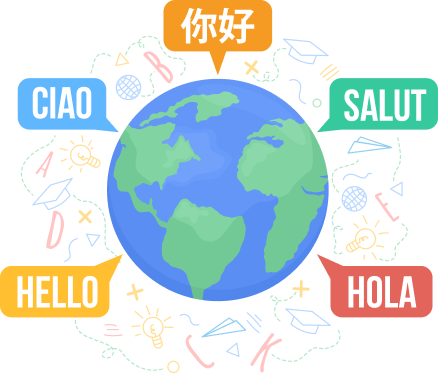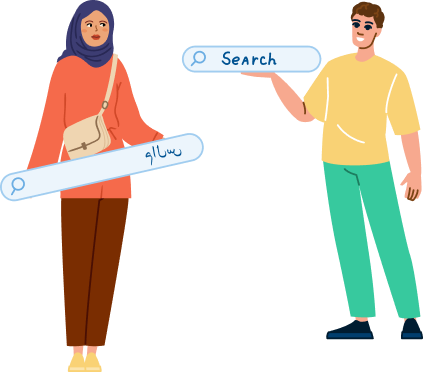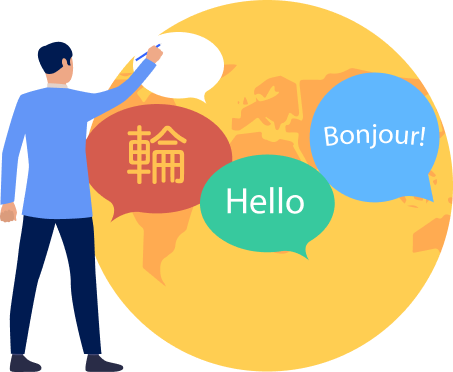
36
languages
blueEHR currently has 36 languages in its dictionary, which includes Spanish, Portuguese, French and more. Not only does it handle different languages, but also different calendar formats, measurements, phone numbers, currencies, addresses, etc. and are configurable per user requirements.

